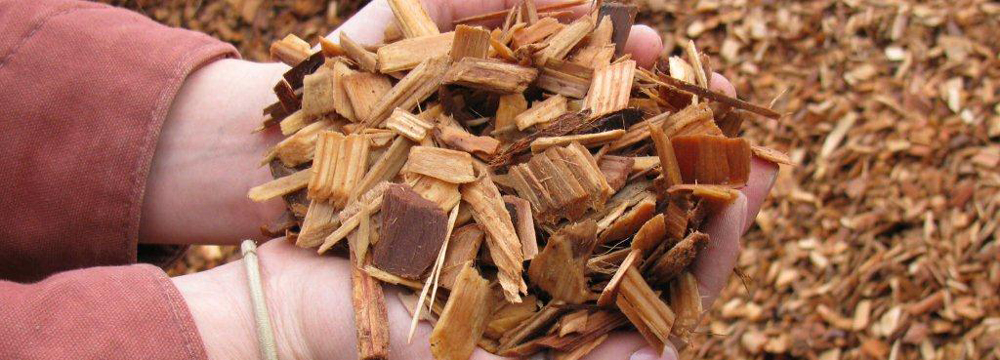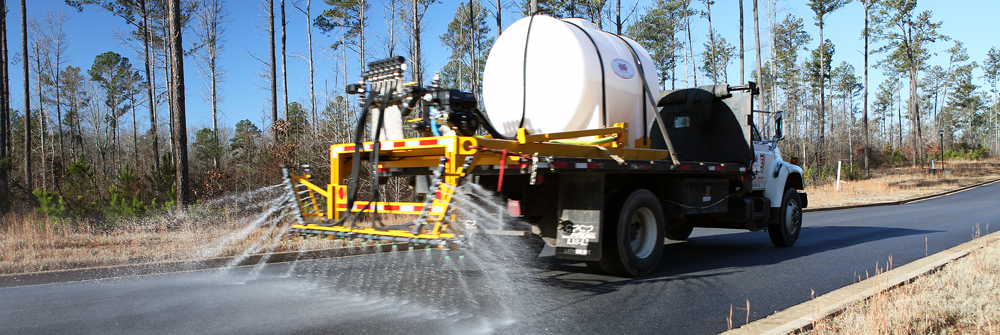How to Clean Outdoor Furniture

How to Clean Outdoor Furniture
Do not power-wash outdoor furniture. If your furniture is chipped, power-washing will increase the size of the chip. Cracks can be caused after a single power-wash, even in very dense woods like teak. The life of power-washed furniture is always reduced drastically. A solution of 2-cups white vinegar, warm water, and some mild dishwashing soap works well on virtually any surface as a basic cleanser.
Plastic
If plastic furniture is still dirty after a basic cleaning using water with dishwashing soap, try cleaning with an oxygen bleach such as OxiClean. Mildew stains can be removed with a solution of 1-cup bleach to 1-gal water. A mixture of 1-cup ammonia,1/2-cup white vinegar, and ¼-cup baking soda mixed in 1-gallon water will also work. WD-40 brings color and shine back to faded plastic patio furniture surprisingly well when sprayed directly to the surface and wiped with a dry cloth.
In order to help repel grime, plastic furniture can be treated with a paste wax applied in a similar fashion as to a car.
Wood
A scrub brush or pad may be used during basic cleaning, but it’s generally a good idea to scrub in the same direction as the wood grain. If the furniture is still dirty, a secondary cleaning using dishwasher detergent or an oxygen bleach such as OxiClean may be used. A medium-grit or fine-grit sandpaper can be used on rough edges as long as it’s applied in the same direction as the wood grain.
Some people don’t recommend applying oil to wooden outdoor furniture because oil can trap moisture within the wood, facilitating the growth of mold. Instead, apply a stain that blocks the sun’s UV rays, as this spectrum of light breaks down wood fibers. While paint may block UV rays, it often peels.
Wicker
A solution of mild dishwashing soap and water works well on natural and synthetic wicker. Use either a sponge or a rag when cleaning natural, plant-based wicker furniture as the paint is easy to chip. If you have synthetic wicker, it’s probably safe to scrub with a brush. A high-quality outdoor furniture cover is highly recommended if you’re planning on letting your wicker furniture sit outside all year.
Metal
Always be aware of rusty spots when cleaning outdoor furniture, especially around the joints. Using steel wool or sandpaper, rub the rusty areas. You should be able to find matching touch up paint where you bought the furniture, or try this website.
Outdoor Fabrics
Follow the instructions located on the manufacturers care tag if it is still attached. If you’re unsure of what material your furniture is made from, using lukewarm, soapy water is always a safe route. While you should never use a dryer, you may use a washing machine set to a gentle cycle as long as the fabric is removable. Reinstall these pieces while the fabric is still damp and allow them to dry in the sun. To inhibit mildew growth as well as deodorize your outdoor fabrics, a solution of 2-cups white vinegar and 2-Tbs liquid dish soap in a bucket of warm water will work well.
Coatings that repel water are applied to some outdoor fabrics, and washing will remove them. The manufacturer of Sunbrella (an acrylic fabric commonly used in outdoor furniture) recommends applying “303 High Tech Fabric Guard,” which works on most fabrics with the exception of synthetic suede and vinyl.
While outdoor cushions generally contain a synthetic filling to resist mold and mildew, they should still be dried promptly. If possible, open the zipper and place the cushion in the sun.


